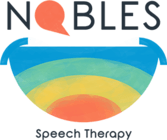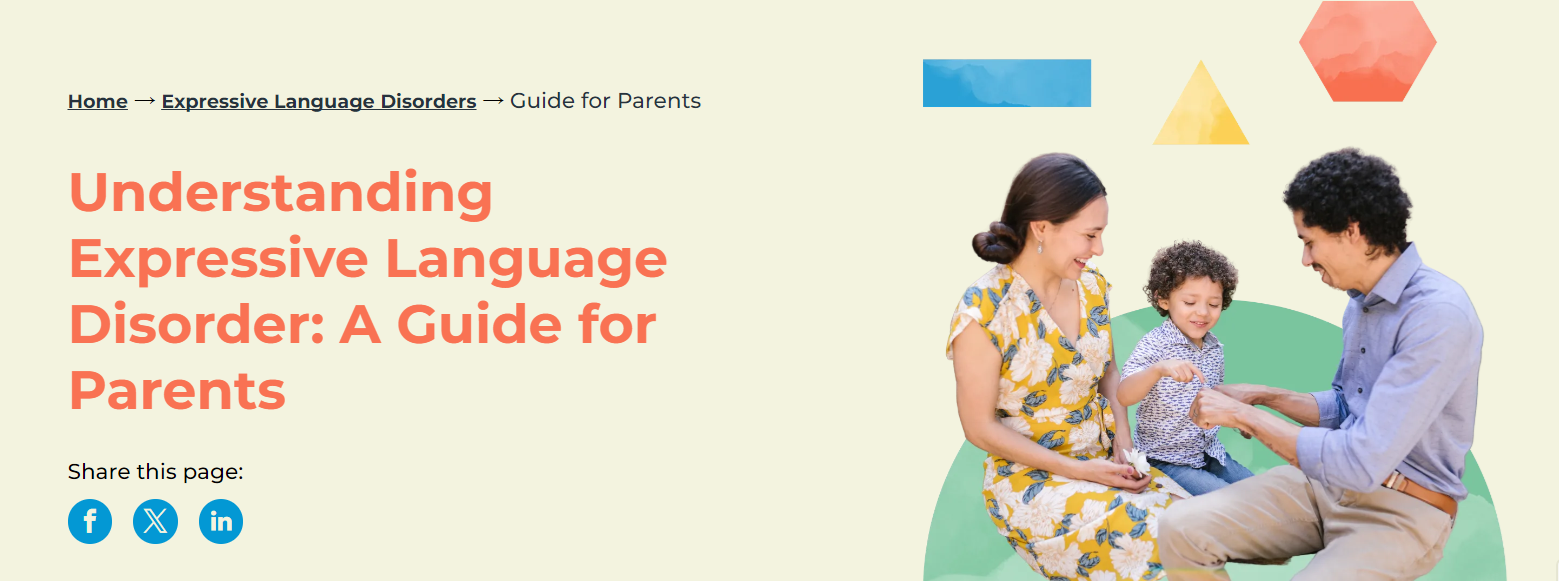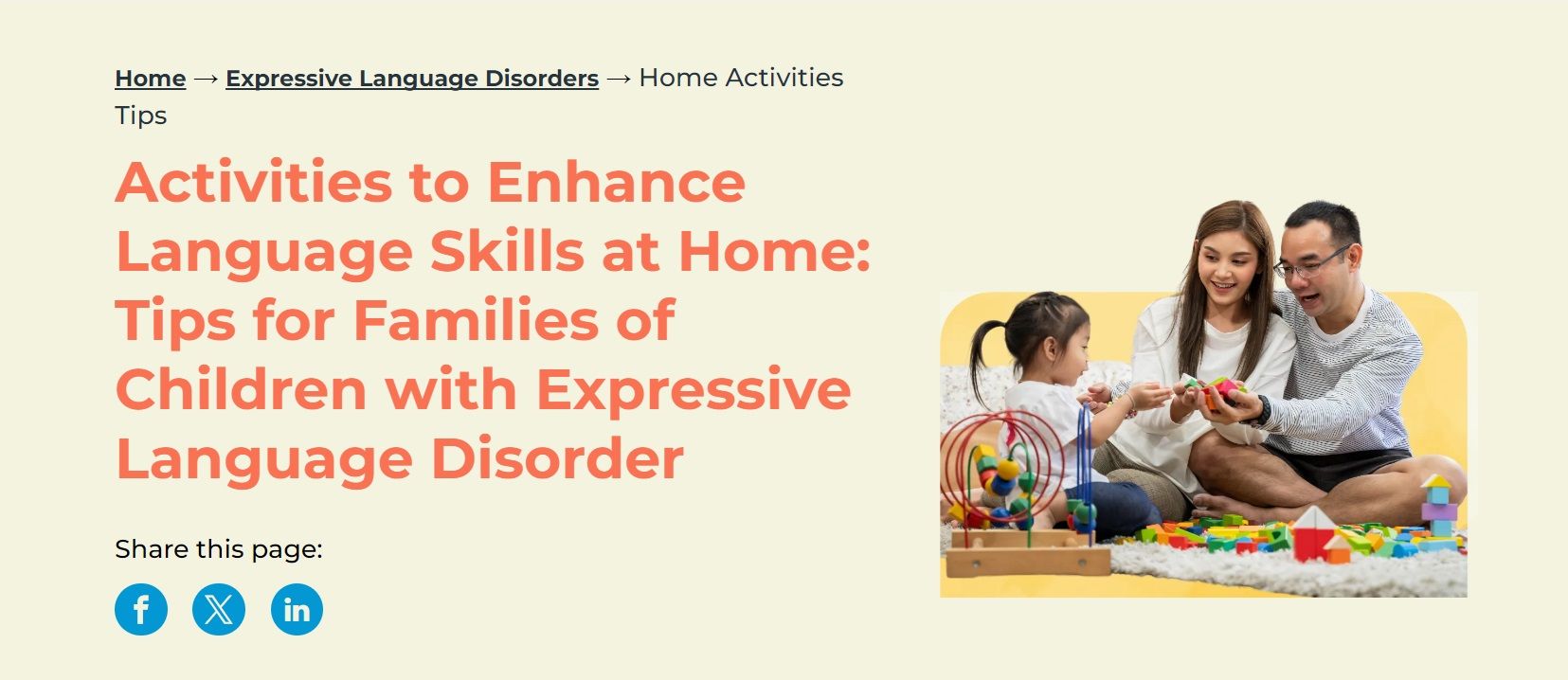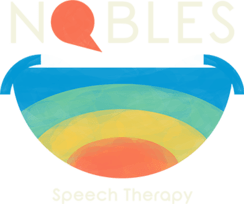Share this page:
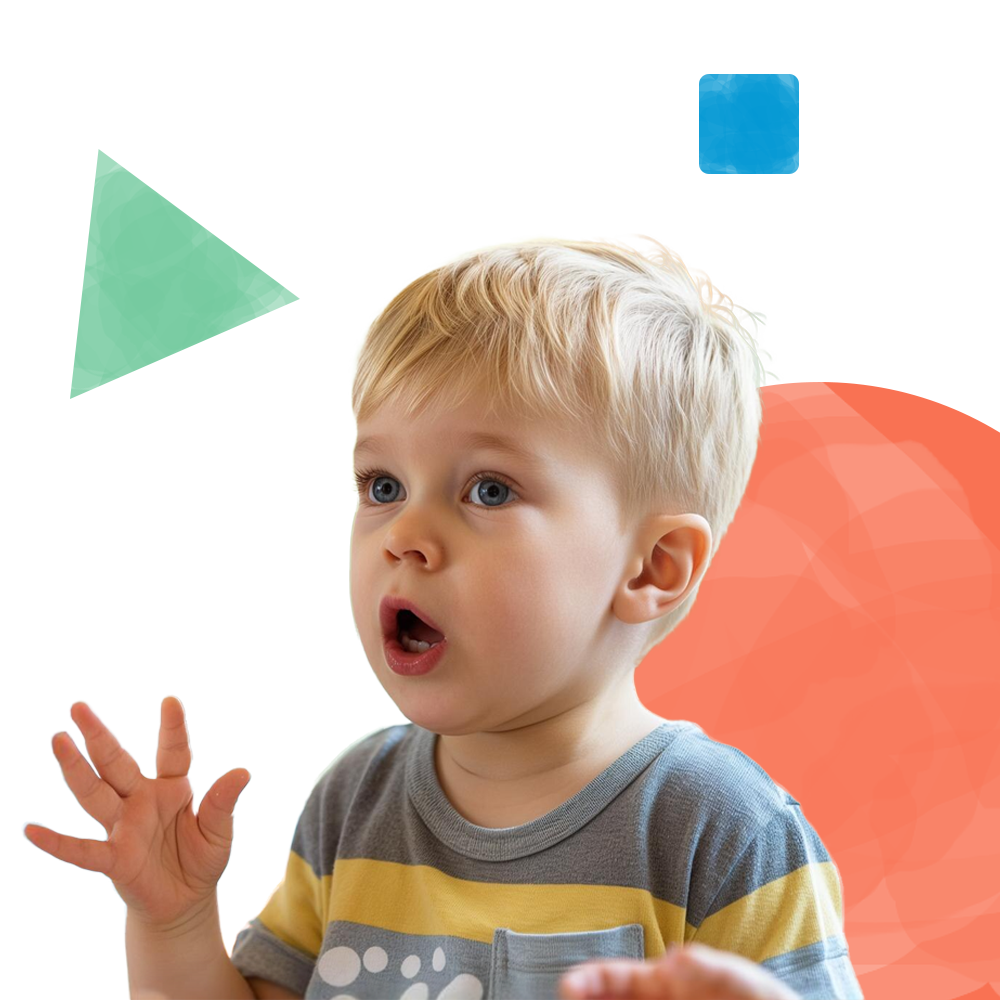
As preschoolers develop their speech, they often experience "disfluencies," or disruptions in the flow of conversation. While these are a normal part of learning to speak, certain speech difficulties, like stuttering, may indicate a fluency disorder. Early intervention for stuttering is crucial in helping children overcome these challenges. In this guide, we'll discuss the signs that your preschooler might develop a stutter, when to seek help, and practical tips to support their speech development at home.
What is a Fluency Disorder?
A fluency disorder interrupts a person's flow of speaking. As preschoolers learn to speak, they improve their smoothness, continuity, and rate, known as "fluency." Development reduces hesitations, allowing your child to express themselves more clearly and with limited interruption.
Preschoolers with fluency disorders, such as stuttering, experience ongoing "disfluencies," which disrupt the flow of speech. Good examples of "normal" disfluencies might include hesitations, such as inserting "uhs" as we try to capture our thoughts or using words such as "like" constantly during speech. In the case of stuttering, the interruptions present themselves as repetitions of sounds, syllables, or monosyllabic words, such as "I am t-t-t-tired" or "I want an ice-ice-ice cream."


What is Stuttering?
Stuttering is a speech disorder/impediment and one of the most common fluency disorders, impacting 79 Million people worldwide. It disrupts the rhythm and flow of speech in different ways, including frequent pauses, repetitive sounds or words, uttering unintended sounds, etc., making speaking challenging. There are a few different types of stuttering, including:
- Developmental stuttering, also known as child-onset fluency disorder, is a neurodevelopmental disorder related to brain differences occurring in childhood.
- Persistent stuttering that continues into adulthood.
- Acquired stuttering that results from an illness, emotional trauma, or brain injury.
What are the Signs and Symptoms of Stuttering?
Learning to speak is overwhelming, with so many different sounds and words to remember. This can lead to repetition or inserting words or sounds such as "um" or "like," forgetting the right word or repeating entire words or phrases. This is a normal part of speech development and typically begins around the age of 2 and ends by the age of 6. It also tends only to last between six and 12 months. This is not considered stuttering.

In children older than six or where the stuttering persists beyond six months, the stuttering could indicate a speech disorder. Signs your preschooler is developing a chronic stutter include:
- Only repeating a part of the word, such as the first sound, "I w-w-w-want to leave."
- Repeating one syllable, such as "Let-let-let go."
- Prolonging a single sound of a word such as "Ssssssssally went home."
- Stopping with pauses like "I have a (long pause) book."

There are also behaviors associated with stuttering to watch for, including:
- Trying to overcome a stutter with physical behavior such as nodding their head or blinking
- Avoiding using more difficult-to-pronounce words
- Avoiding speaking with others because they are embarrassed by their stutter
- Becoming frustrated when trying to speak as they struggle to express themselves
- A worsening stutter when rushing to tell you something, upset or excited
What Causes Stuttering?
The cause of stuttering is not currently known. However, the following can increase the risk of stuttering:
- Family history of stuttering or family recovery patterns of continued stuttering
- Brain differences that impact speech
- Children born as boys
- Later development of a stutter past the age of 3½
Signs Your Child Should See a Speech Therapist
If you feel your child has developed a stutter, it is highly recommended that you have your child evaluated by a pediatric speech pathologist as soon as possible. The sooner you have your child evaluated, the sooner they can begin therapy and the less likely they will develop persistent stuttering into adulthood.
Signs your child should see a speech therapist include:
- Stuttering lasts longer than 6–12 months
- Stuttering that develops after 3½ years old
- Increased stuttering
- Struggling to speak
- Tensing up when searching for words or when speaking
- Starting to avoid speaking
- Your child has told you they find it too hard to speak
- You have a family history of stuttering


How is Testing Performed for Stuttering?
Formal testing will confirm whether your child is stuttering or experiencing common disfluencies as part of their speech development. There are several approaches a speech therapist will use to assess stuttering/fluency disorders, such as:
- Speaking to your child to determine the number and type of disfluencies
- Behavior related to stuttering includes frustration, avoidance, anger, etc.
- Attempts to stop stuttering, such as stopping and starting to speak again, stopping completely, etc.
- Ask your child how stuttering impacts their interactions, such as not having friends, not participating in school, being teased, etc.
- Assessing how your child says words and makes sounds during speech
- Comprehensive skill tests
- Seeing how your child expresses their thoughts when speaking
Once the assessment is complete, your child's therapist can provide a customized treatment strategy.
What Are Some Available Treatments For Stuttering?
Often, the best approach is a combination of techniques known as fluency shaping to help improve speech fluency, such as:
- Improving vowel prolongation
- Breath management
- Easy phrase initiation
- Light contacts on consonant sounds
- Slowed stretched speech
- Smooth movement
- Stretched speech
For example, slowed speech focuses on deliberate and slow speaking, stretching out each syllable in a word for a full two seconds. As your child masters this process, they can begin to speed up their speech until they reach typical fluency rates of 150 syllables a minute.
Home Strategies to Overcome Stuttering
You can also help your preschooler overcome stuttering with the following home management tips:
- Slow down your own speech pace to help your child learn by example.
- Never get angry or frustrated when your child stutters, as this causes anxiety that worsens the stutter.
- Pay close attention as your child speaks without trying to rush them, maintaining eye contact so they can see you are engaged and listening.
- Avoid interrupting or trying to speed up what they're saying so they can learn to express themselves without worry.
- Praise them when they speak with others and when they are doing other activities to help build their confidence and self-esteem.
- Enjoy more uninterrupted one-on-one time with your child, talking and playing without using TV or devices.
- Encourage your child to discuss how their stuttering makes them feel and remind them their stuttering doesn't impact their worth.
These strategies will support your child and help them improve their speaking abilities.

Take the Next Step Toward Confident Communication
A consultation with a pediatric speech pathologist in the preschool years will ensure your child receives an effective speech therapy strategy to help them gain control over their stuttering and regain their confidence.
Learn more about stuttering and treatments here.
Share this page:

